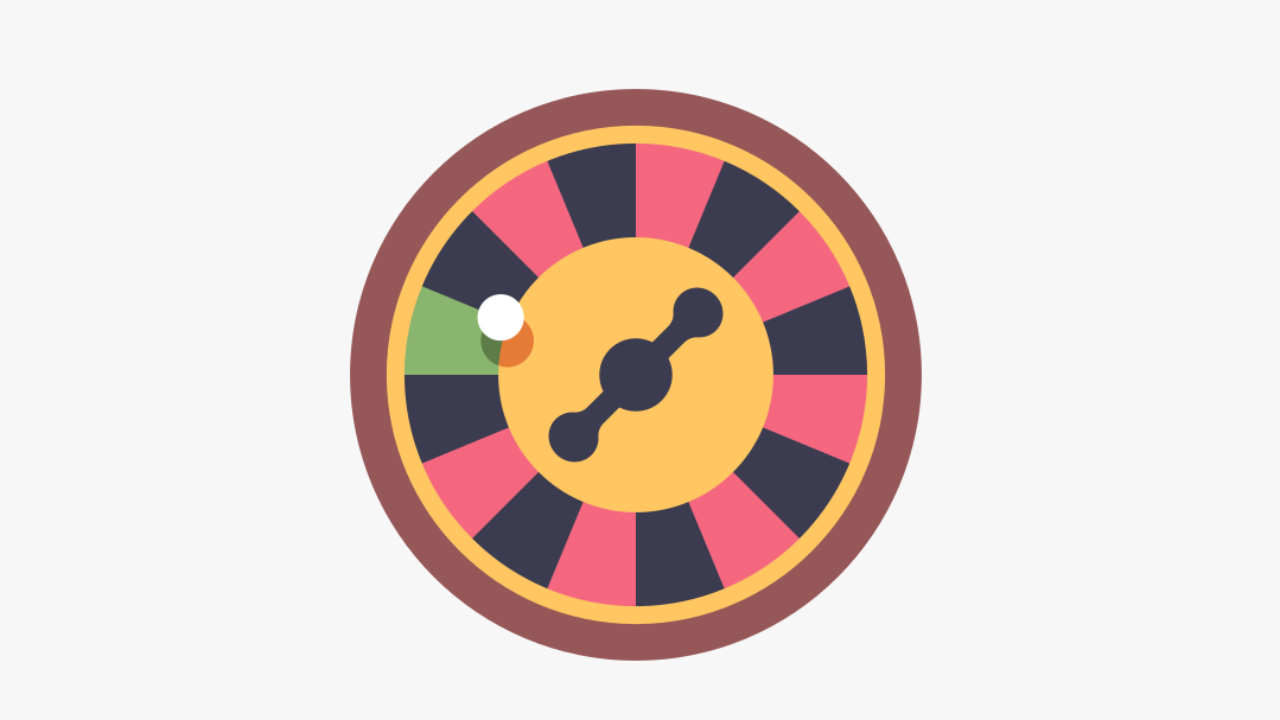
Stocks vs. ETFs: What a Night at the Casino Taught Us
Jan 26, 2025Hello Stoic Investors,
Today, I want to help you understand the difference between stocks and ETFs and how to decide which one fits your investing style.
Let me share a simple example to explain.
Last night, I played Roulette at the Casino di Venezia with Manuel and Davide.
Davide, feeling lucky, bet €100 on the black number 28.
Manuel, on the other hand, wanted to play it safe and bet €100 on all the black numbers.
When the ball landed, it hit number 28.
Both of them won, but their results were very different:
- Davide hit the jackpot and won €17,000.
- Manuel doubled his money and walked away with €200.
At first glance, it seems Davide made the better choice.
But was it really?
They just had different “investing” strategies.
Davide's Bet: A High-Risk, High-Reward Strategy
Davide's choice is similar to investing in a single stock.
When you invest in a stock, you’re putting all your money on the potential success of one company.
If you pick the right one, the rewards can be incredible.
For example, if you had invested €1,000 in Palantir Technologies (PLTR) at the beginning of 2024, your investment would have grown to approximately €4,405 by the end of the year, reflecting a 340.5% increase.
That’s the kind of result Davide achieved—going all in and winning big.
But there’s a catch: Davide had only a 3% chance of getting it right.
The same is true when picking individual stocks—the risk is high, and so is the potential to lose everything.
Manuel’s Bet: A Safer, More Stable Approach
Manuel’s choice mirrors investing in an ETF.
Instead of relying on one company, you spread your investment across a group of stocks, reducing your risk.
If you had invested €1,000 in the MSCI World Index at the beginning of 2024, your investment would now be worth approximately €1,191, reflecting a 19.1% increase.
Manuel’s strategy reflects this—while his return was smaller than Davide’s, his chance of winning was far higher, closer to 50%.
ETFs offer diversification and provide a more stable option, especially for those who don’t want to spend time researching individual companies.
Which Strategy Works for You?
- If you have the time to research and can handle risk, focusing on individual stocks can deliver higher rewards.
This approach requires diving into a company’s financials, growth potential, and market position.
While it takes time and emotional resilience, the payoff can be significant—think of early investors in Tesla or Palantir.
However, this strategy isn’t for everyone, as the risks are high, and you’ll need patience to navigate market ups and downs.
- If you prefer a simpler, more reliable way to grow wealth, ETFs are an excellent choice.
They offer instant diversification, spreading your investment across multiple companies.
With an ETF like the MSCI World, you’re betting on the long-term growth of hundreds of leading companies across developed markets worldwide, making it a hands-off and lower-risk option, perfect for busy professionals or beginners.
- Or you can follow my approach—invest in both, striking a balance between growth and stability.
For example, you could allocate 70% of your portfolio to ETFs like the MSCI World for steady growth and 30% to high-potential individual stocks.
This strategy gives you the chance to capture big gains while keeping a solid foundation.
Over time, you can adjust the mix to suit your changing goals and risk tolerance.
In the end, the best strategy depends on your goals, time, and tolerance for risk.
Whether you aim for higher rewards with stocks, steady growth with ETFs, or a mix of both, the key is to start investing and let your money grow over time!





